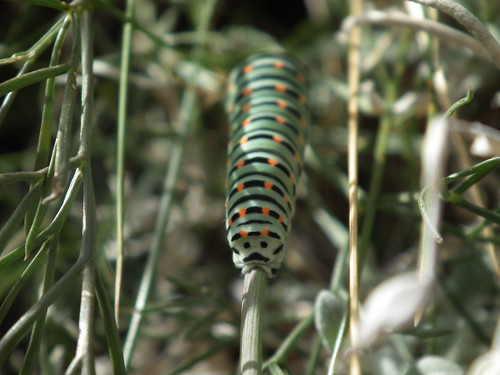I walked out of work at lunchtime to look at the swollen 'Brue' river running past the college, between us and Glastonbury. It's still up to the edge of the banks and the dykes and ditches around are still overflowing into the fields and roads. The water in the fields (beneath) is at least now flowing back into the drainage ditches, not from them, and in the next day or two the waters will have subsided.
I talked to Emma yesterday, a friend who is very busy this week working for the environment agency, and we were discussing how although this is framed by the media as a disaster it is of course the landscape doing what it has done for thousands of years, accommodating excess water in the flood planes before it can run away, spreading fertilising silts and mud. We have of course now built houses, farms and roads on these flood planes and are consequently now disrupted when the water rises and even with improved drainage and with all of the sluices and control gates open, we seem unable to prevent it from happening.



















